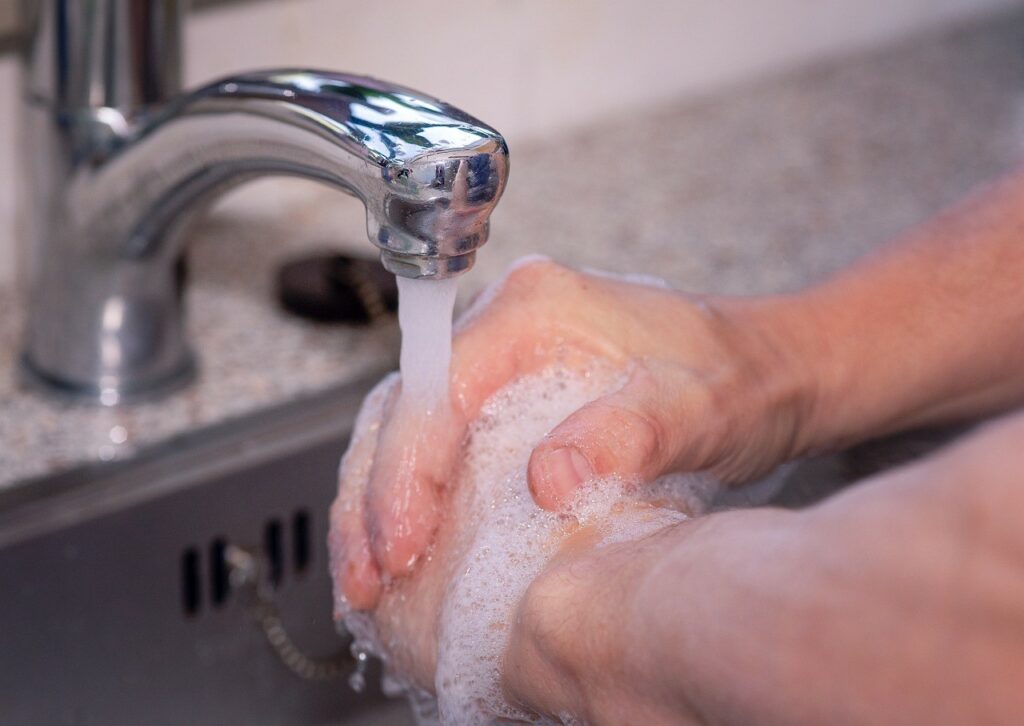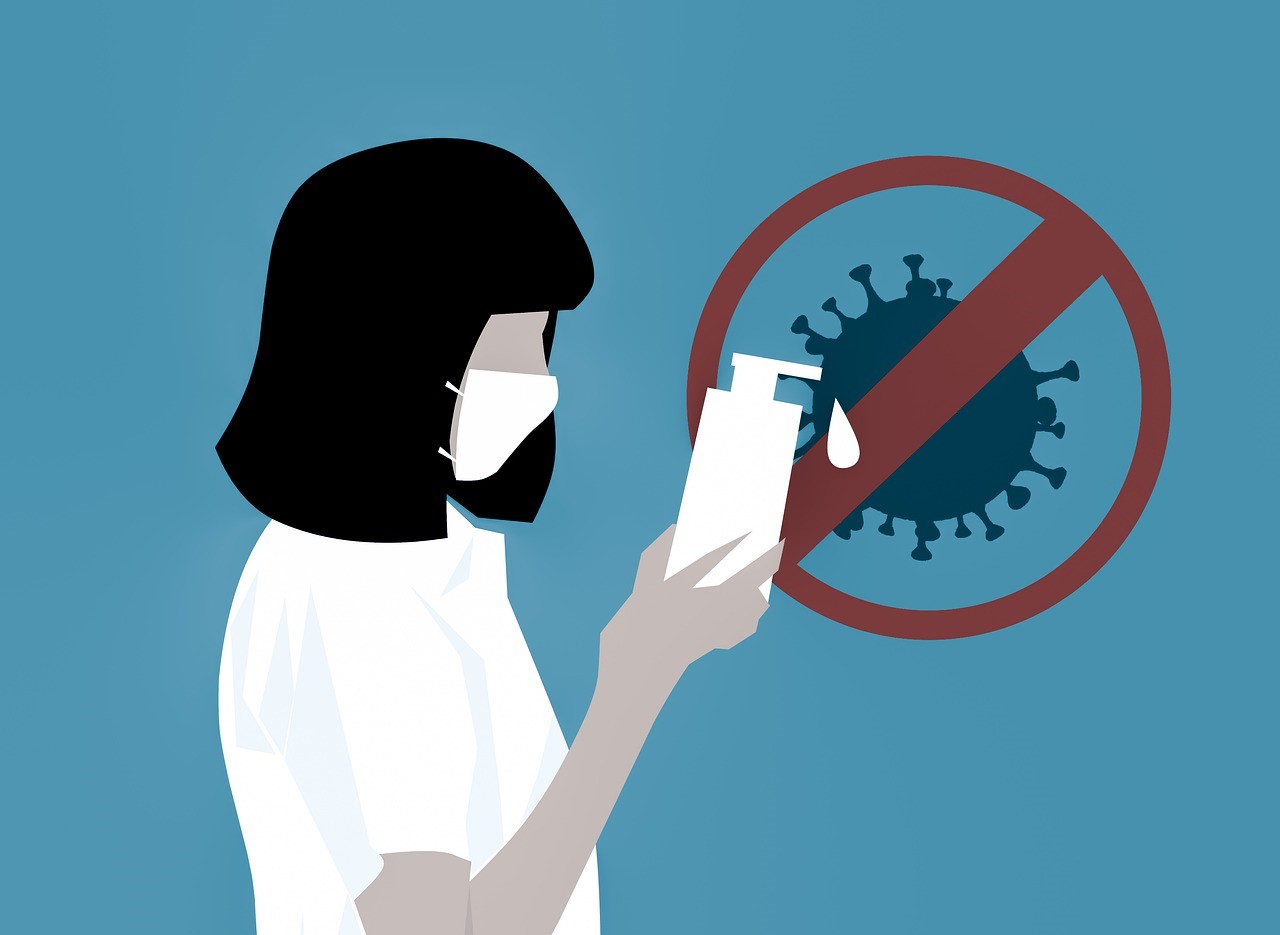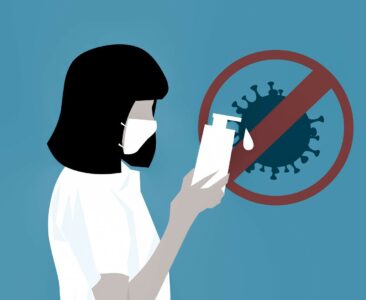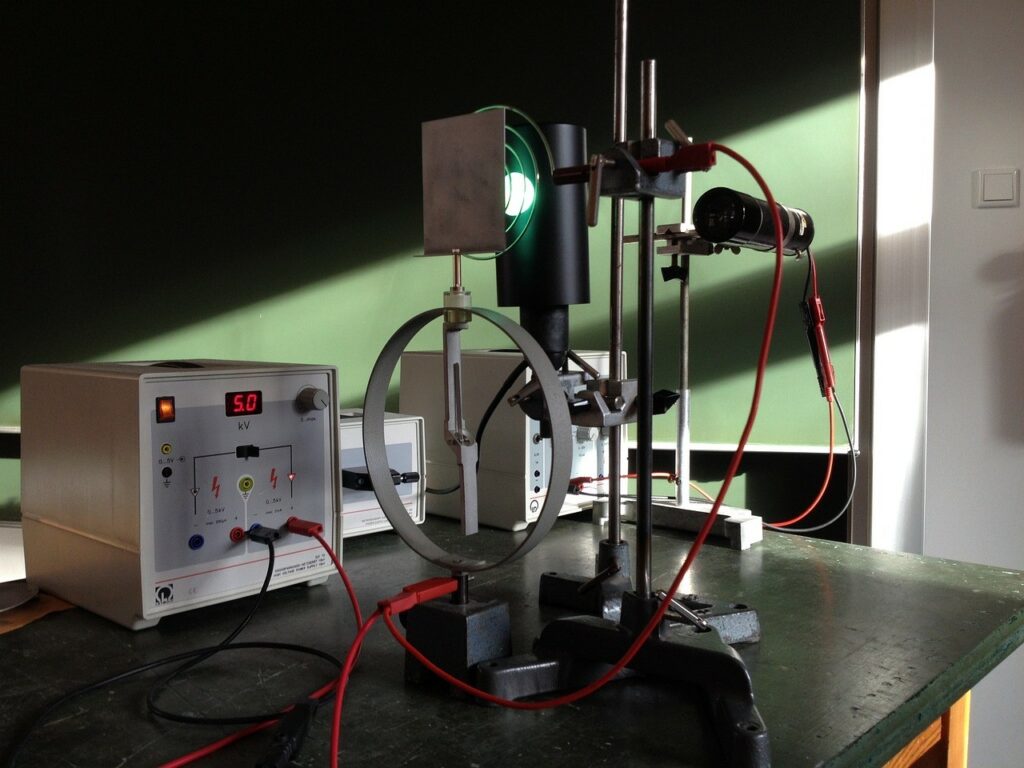Questions of cleanliness accompany mankind throughout its existence in a global sense. However, with the appearance of the coronavirus pandemic, disinfection issues have become more relevant than ever. People began to massively buy various means with the help of which they treated their hands and contact surfaces.
Currently, a huge number of sanitizers are presented in different forms: gel, foam, soap, spray, and so on. According to modern classification, sanitizers are special means whose component composition allows you to get rid of most of the existing pathogens (viruses, bacteria, fungi).
As a rule, most products contain one or another percentage of alcohol. However, some options use other components to fight pathogens. The most popular among them are chlorhexidine gluconate, triclosan, and others. Many prefer them because they lack a characteristic smell and a drying effect.
However, how effective are they? To figure it out, it is important to define the terms. On the one hand, it is a good protection and disease prevention solution. However, there are some nuances associated with the manipulation of information.
Unfortunately, the inscription about the elimination of 99.99% of microbes when using a sanitizer is not always true. The fact is that the coronavirus pandemic has led to the fact that demand for such means significantly increased.
Of course, enterprising but not too honest manufacturers have used marketing techniques to promote their products without always providing relevant information. Plus, it is unrealistic to verify this fact without serious microbiological tests. In this article, we’ll break down some facts about sanitizers so you can get a big picture on the subject.
Peculiarities of Modern Sanitizers
In order to understand the issue, it is necessary to find out the different aspects of the use of sanitizers. Scroll down to find out more on the topic.
The benefits of sanitizers
The use of sanitizers is primarily reasonable in the hospital since it is a place of concentration of potential pathogens. With their help, both patients and medical staff can prevent the transmission of pathogens to each other. In a hospital environment, getting rid of germs and viruses as soon as possible is extremely important.
Otherwise, this may contribute to the emergence of various nosocomial infections that are much more difficult to deal with. A similar situation occurs with incorrectly prescribed antibiotics or violations of their regimen. In this case, strains arise that are even more adapted to new conditions, making it much more difficult to cope.
If we consider the situation with respiratory diseases outside the hospital, then people get infected by those who already have the infection. In addition, current data from official studies have not shown any benefit of hand sanitizers on handwashing. So if you come from the street, then before you sit down to have lunch, do some chores, go to the https://playfortunefor.fun/free-spins-add-card site to play, etc., you just need to wash your hands thoroughly with soap and water.

Ease of use
The indisputable advantage of sanitizers is convenient cleaning. You do not need much time to apply it quickly on your hands. Also, you do not depend on soap, water, towels, and so on. Now imagine that you are on the road or at work. You are unlikely to be able to wash your hands every time you cough or sneeze. In this case, disinfectants are an option of choice. Also, it is important to use them correctly.
According to the latest data provided by the Centers for Disease Control, many people use the sanitizer as they please, ignoring the instructions. Despite the apparent ease of use, it is necessary to adhere to the dosing norms depending on its form, consider exposure time, and so on. After you have applied the product, you do not need to rinse or wipe it.
Are all disinfectants the same?
The most important thing, in this case, is to determine the quantitative content of alcohol (unless you have alcohol-based products, of course). Make sure that the label says at least 60% alcohol.
According to multiple types of research, sanitizers with an alcohol content of 60% to 95% have the maximum disinfectant effect. Compared to non-alcohol sanitizers, they are more effective against all pathogens. Also, note that non-alcohol-based disinfectants may have different effects on fungi, microbes, and viruses. As a result, you may experience the same kind of resilience that was mentioned above.
Is it always worth using sanitizers?
Here the situation is quite specific. Give preference to sanitizers when you have difficult access to soap and water. In addition, if there is evidence of contact with chemicals or your hands are covered with dirt, then the use of soap is the only right option. For example, you work at a construction site and get your hands on cement, paint, and so on. Or you’re in the gym and using chalk or just sweating a lot. In both cases, the sanitizer may simply be ineffective. Conversely, if you’re on public transport and decide to visit Play Fortune for Fun from your mobile device, a sanitizer can help keep your skin clean.
Conclusions
According to CDC research, there is no clear evidence that sanitizers are more effective against pathogens than soap. So, all you need to keep your hands clean is washing with soap for at least 20 seconds. In addition, this way of cleaning the skin helps to preserve the natural microbiota as much as possible, unlike sanitizers, which destroy both pathogens and “good” bacteria.
Also, do not forget that we live in realities where even the topic of health is an object of manipulation. Sad, but not always, the declared information on the label corresponds to the truth, and a few puffs of the spray are not a panacea for all possible pathogens. Therefore, it is worthwhile to rationally approach each situation and understand what is best to use in a particular case.



